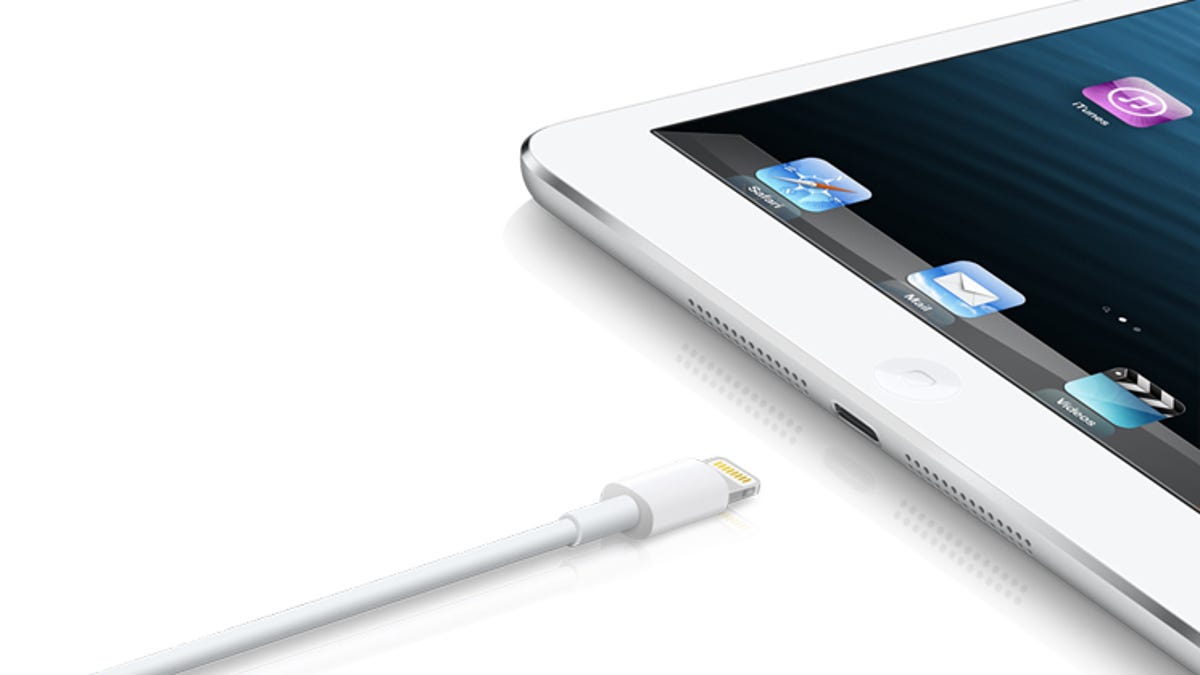Apple's Lightning transition as fast as its name
Apple's new cable adapter and technology has rolled out to five different devices in just over a month, marking one of the fastest transitions yet.

Apple's new Lightning specification is living up to its speedy name.
Just one month and 11 days after announcing the connector, which replaces its decade-old 30-pin connector on devices like the iPhone, iPod and iPad, Apple has put it into all its relevant products.
There is, of course, a cost of the speed. The newly-announced, fourth-generation iPad replaces the 7-month, 7-day-old third-generation model the company debuted at its event earlier this year and that still had the legacy 30-pin adapter.
The move has left many recent buyers incensed, but the changeover overall is impressive -- especially when you look at Apple's other product family, the Mac.
It took Apple a full year to move from USB 1.1 to USB 2.0 in its computers and LCD displays, starting in 2003 and heading on into 2004. It's taken even longer with Thunderbolt, the speedy I/O technology (that's actually not at all compatible with Lightning cables), which still hasn't made it into all of the company's Macs.
For a reason behind why this happened so fast with Lightning, perhaps look no further than when Apple moved to Intel chips in 2006.
Apple's first Intel-ready model rolled out in January 2006, and finished in August that same year. At risk in the interim were sales of the company's computers, as would-be buyers might have held off, knowing that the PowerPC machine they bought was on the short list to get a revamp and possibly be incompatible software built for a different architecture.
It should be noted that Apple still sells a small handful of iOS devices that sport the older adapter technology -- the iPhone 4 and 4S as well as fourth-generation iPod Touch. But these represent older models.
And to be fair, something like a charging and sync cable may not be such a simple comparison to a major architecture change, but the business idea behind it certainly is. The iPad made up more than a quarter of Apple's revenue last quarter, and shows healthy signs of expanding that metric (we'll see how it stacks up this quarter when Apple reports its fourth quarter earnings on Thursday). That same threat of future compatibility loomed big for things like third-party accessories, and sales of existing models.
In other words, the iPad was just the loose end that needed to be tied up.

